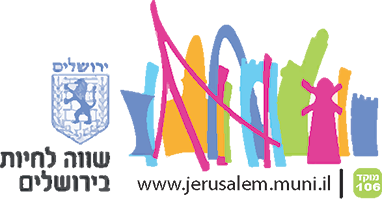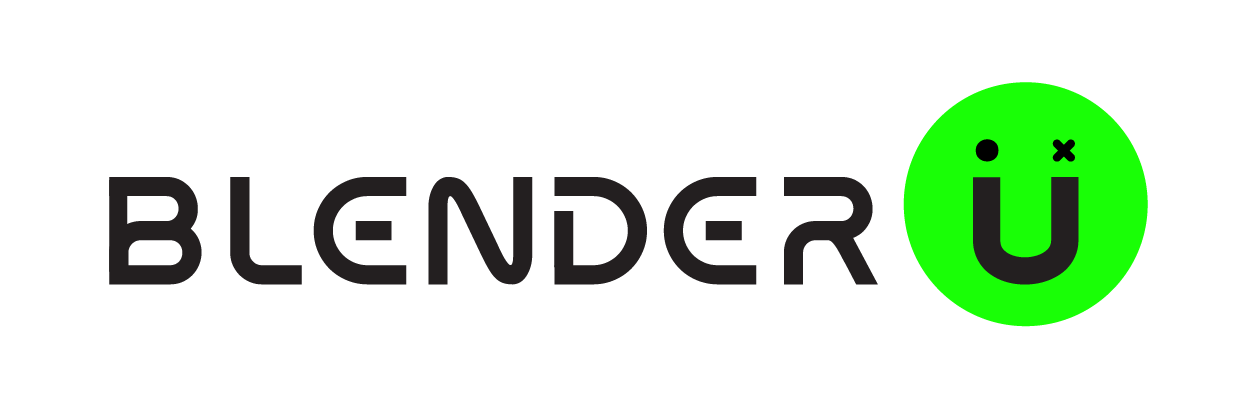
Jerusalem Residents Portal
The Residents Portal—transforming long, multi-step government paperwork into clear, guided experiences. Main forms feature:
Step-by-Step Wizards: Breaking complex tasks (Arnona payments, address changes, permit applications) into bite-sized screens so users never feel overwhelmed.
Inline Validation & Contextual Help: Real-time error checking and tooltips keep mistakes out of the system and reduce support calls.
Responsive & Accessible Layouts: All fields, labels, and buttons work seamlessly on desktop or mobile, in both Hebrew and English, with screen-reader compatibility and keyboard-friendly controls.
Consistent Visual Language: We applied the same clean typography, color accents, and iconography across every form—so residents always know where they are and what to do next.
The result is a polished, error-resistant form ecosystem that empowers Jerusalem’s citizens to complete essential municipal tasks quickly, confidently, and without frustration.
Our role was to translating complex municipal processes into intuitive, step-by-step, responsive, and bilingual workflows that guide users confidently through each task.
Client
-
The Jerusalem Municipally
Impact area
-
Public Service
Work
-
Digitizing paper forms

Key Objective
Make it possible to complete essential municipal services online quickly and confidently thanks to clear, step-by-step digital forms that provide clarity and save time.
This screens below shows a beautifully structured, icon-driven application form that leads residents step by step through the 2026 grant-support application process. At the top you have the municipal branding and language switcher, followed by a clear breadcrumb-style nav bar. Below that, a row of large, circular icons represents each grant category (e.g. Haredi education, sports, culture), with the active section highlighted in color.
The main workspace is a tilted “card” panel that contains:
Contextual filters (checkboxes for selecting sub-categories like “daycare centers” or “girls’ schools”)
A dynamic data table listing existing committee members or proposals, complete with inline editable fields (ID, name, phone, address) and checkboxes for selection
A prominent “Add Row” button and a “Next” arrow for progressing through the multi-step process
On the right, a fixed sidebar reiterates the overall service menu, letting users jump to other grant streams or read general guidelines. Throughout, the design uses plenty of white space, consistent iconography, and a restrained blue accent palette—creating a clean, approachable, and user-friendly form experience that guides applicants with clarity and confidence.

